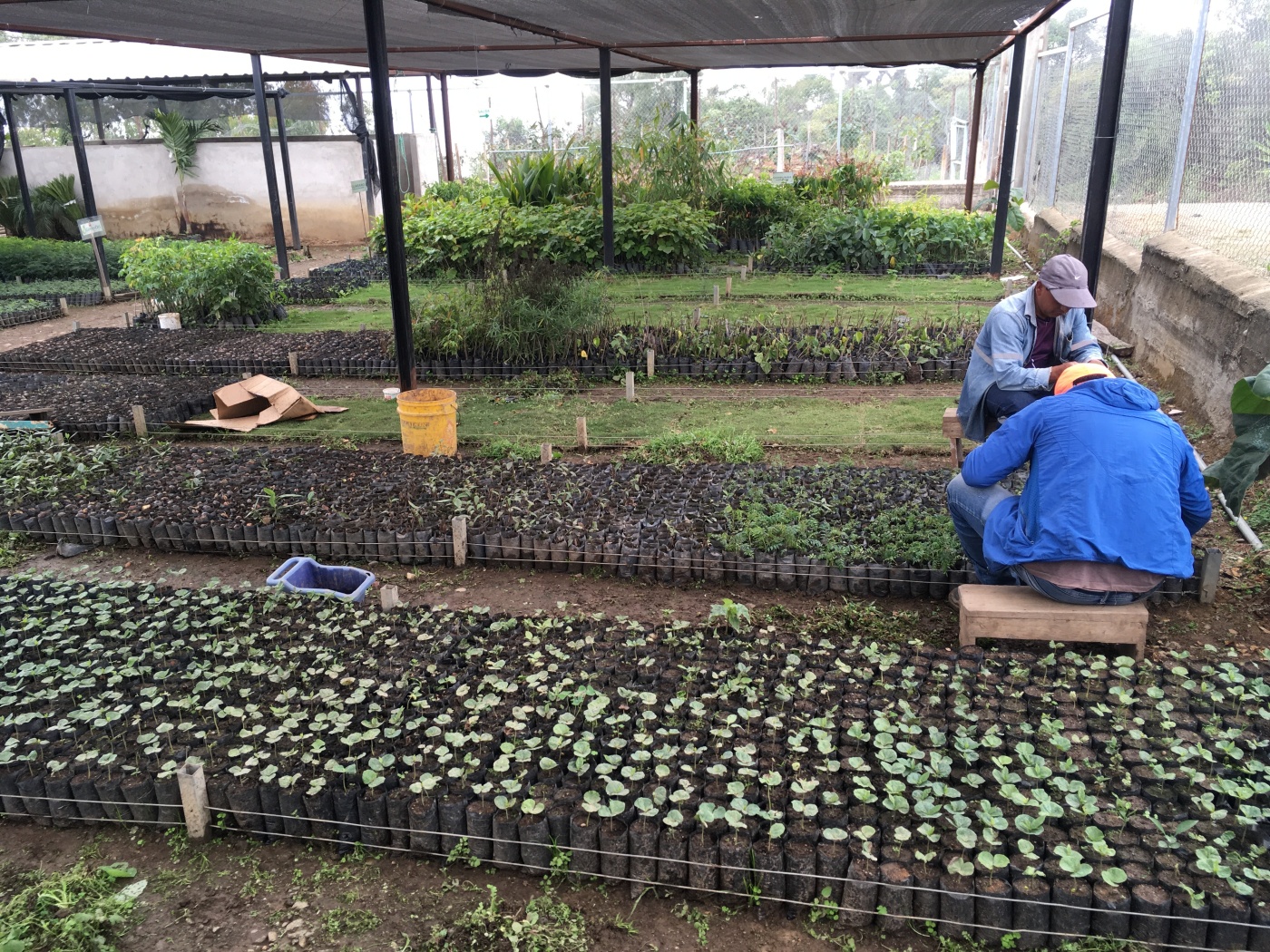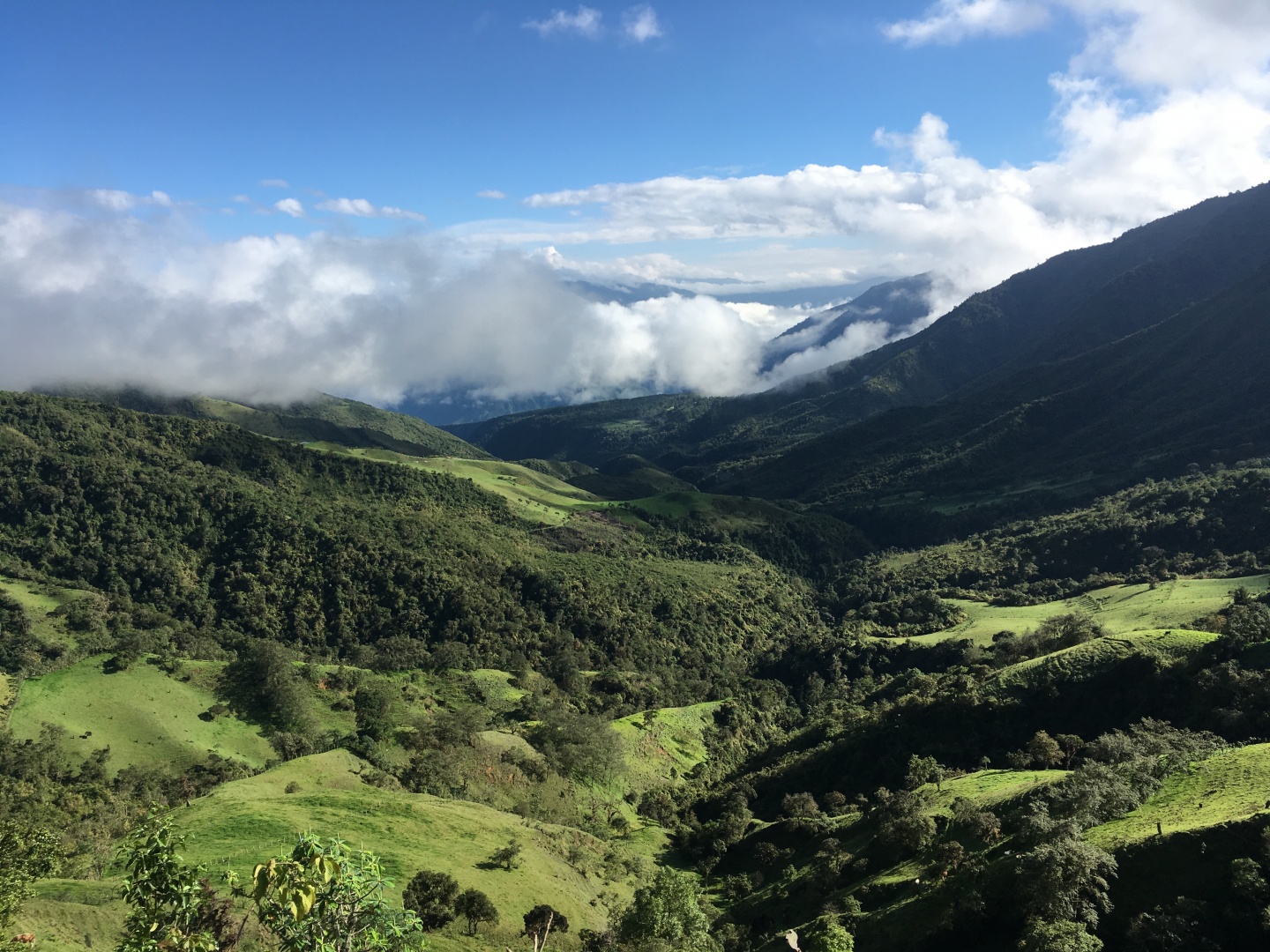Learning from the past to improve landscape restoration governance in Ecuador
May 2020

How the forest and landscape restoration (FLR) targets that are set as part of Initiative 20x20 are advanced locally remains largely undocumented. To achieve landscape restoration targets, actors at multiple levels of the governance scale aim to influence relevant restoration processes on the ecological scale. In doing so, governance actors have often been critiqued to focus more on the specific number of restored hectares of degraded and deforested lands, without sufficiently considering the effectiveness of restoration efforts themselves, which has a lot to do with how they are governed.
Particular attention is therefore needed for the governance arrangements that are designed to translate national restoration targets into local action. A better understanding of how restoration governance arrangements have been designed in the past can inform current and future policy processes and help them become more ‘scale-sensitive.’

Building on the collective knowledge of over 50 members of Ecuador’s restoration community of practice, a new publication in Land Use Policy aimed to provide just that understanding. The authors focused on the scale challenges that emerged when implementing Ecuador’s National Forest Restoration Plan (2014–2017) in the montane Chocó Andino and Bosque Seco landscapes. Both landscapes are well-known at the national level for the local conservation and restoration efforts they harbour, which already existed well before the National Forest Restoration Plan was created in 2013. The findings point towards the importance of how the set-up of governance arrangements, link to the temporal needs of FLR and the spatial character of existing FLR efforts. This study’s findings highlight the need for national restoration policies to design governance arrangements that answer to the ecological and livelihood specificities that exist in target landscapes, that incorporate the local realities and capacities of implementing actors and that offer flexibility to consider pre-existing FLR efforts and build on past efforts.
Preliminary results show that the current Ecuadorian administration is making attempts to address FLR at the right governance level and to better integrate FLR in Ecuador’s territorial land-use planning. The intention to establish restoration-related territorial roundtables could become a good option to facilitate scale-sensitive restoration governance in the future. The results show that scale challenges can even be found in places where many restoration efforts already exist and where one would expect more capacity to tailor governance arrangements to what is needed on the ground.
The results and conclusions are therefore also relevant to other areas in Latin America and the Caribbean where FLR efforts have already materialised as well as for places where FLR efforts are implemented for the first time so that future scale challenges can be avoided.
Photos courtesy of the author.